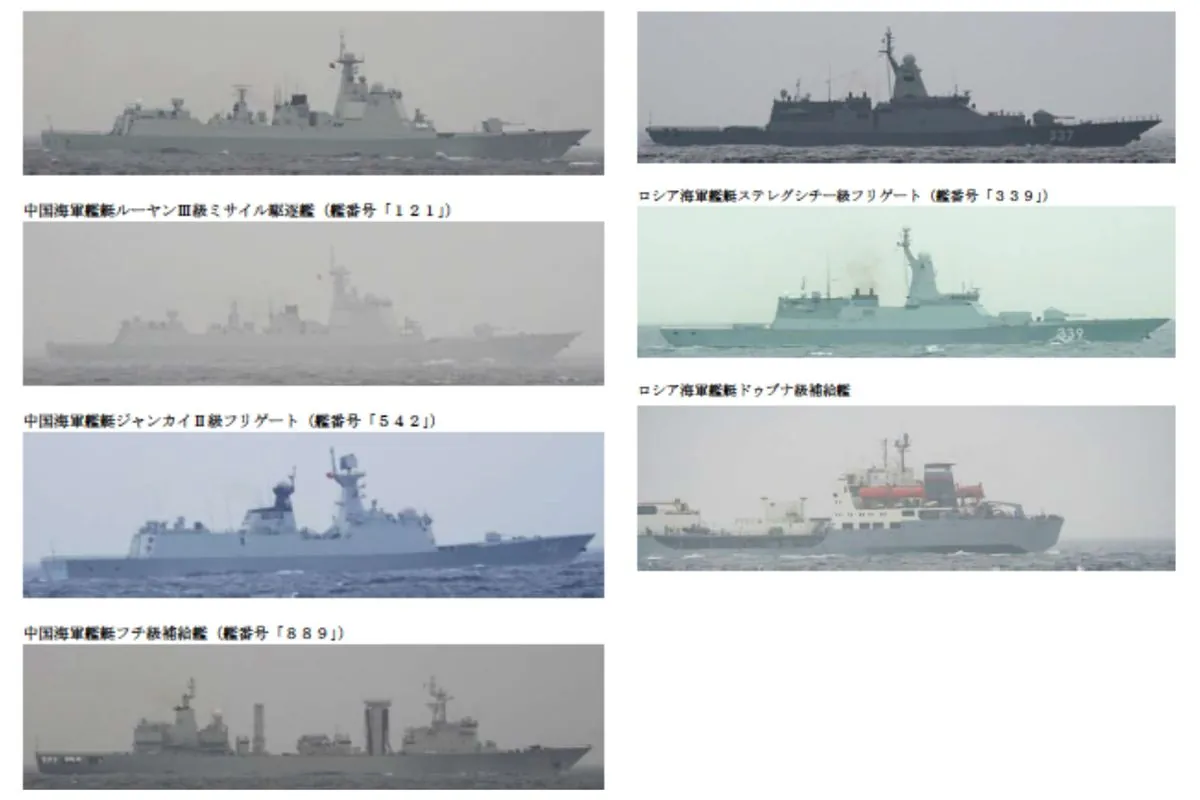The U.S. Coast Guard recently observed a formation of Russian and Chinese vessels in the Bering Sea, marking a significant development in Arctic cooperation between the two nations. On September 28, 2024, four days ago, two Russian and two Chinese coast guard ships were detected approximately five miles within the Russian exclusive economic zone.
This sighting represents the northernmost location where Chinese vessels have been observed by U.S. authorities in this region. The Bering Sea, named after Danish explorer Vitus Bering, is a marginal sea of the Pacific Ocean and one of the world's most productive fishing grounds. It serves as a natural boundary between Russia and Alaska, making it a strategically important area.
Rear Adm. Megan Dean, commander of the 17th Coast Guard District, stated, "This recent activity demonstrates the increased interest in the Arctic by our strategic competitors." The Arctic region has gained significant attention in recent years due to its vast resources and potential shipping routes. It is estimated to contain about 13% of the world's undiscovered oil reserves and substantial deposits of rare earth elements crucial for modern technology.
This naval cooperation follows a series of joint military activities between Russia and China near Alaska. In July 2024, approximately three months ago, Russian and Chinese bombers conducted their first joint flight in international airspace off the Alaskan coast. This event marked the first instance of Chinese bombers entering the Alaskan air defense identification zone and the inaugural joint operation from a northern Russian base.
The Chinese coast guard issued a statement explaining that the joint patrol with Russia was part of efforts to maintain order in the North Pacific Ocean, in accordance with international conventions. They reported conducting exercises on search and rescue operations targeting illegal fishing vessels, emphasizing "high efficiency in coordination and cooperation."
It's worth noting that China declared itself a "near-Arctic state" in 2018, despite having no territorial claims in the region. The country has been actively pursuing its "Polar Silk Road" initiative as part of the broader Belt and Road project, focusing on Arctic development and potential new shipping routes.
The growing collaboration between Chinese and Russian militaries has raised concerns in Washington, particularly in light of Beijing's support for Moscow's actions in Ukraine. This partnership is unfolding against the backdrop of rapid environmental changes in the Arctic, which is warming at least twice as fast as the global average.
As international tensions rise over Arctic resources and shipping routes, the United States has been working to strengthen its presence in the region. In October 2022, the U.S. released its Arctic Strategy, emphasizing security and climate change. However, the U.S. Coast Guard operates only three icebreakers, compared to Russia's fleet of over 40, highlighting the need for increased capabilities in this challenging environment.
The Arctic Council, an intergovernmental forum promoting cooperation among Arctic states, faces new challenges as non-Arctic nations like China seek to expand their influence in the region. As climate change continues to reshape the Arctic landscape, opening new possibilities for resource extraction and navigation, the international community must grapple with balancing economic opportunities, environmental protection, and geopolitical stability in this vital and fragile ecosystem.
